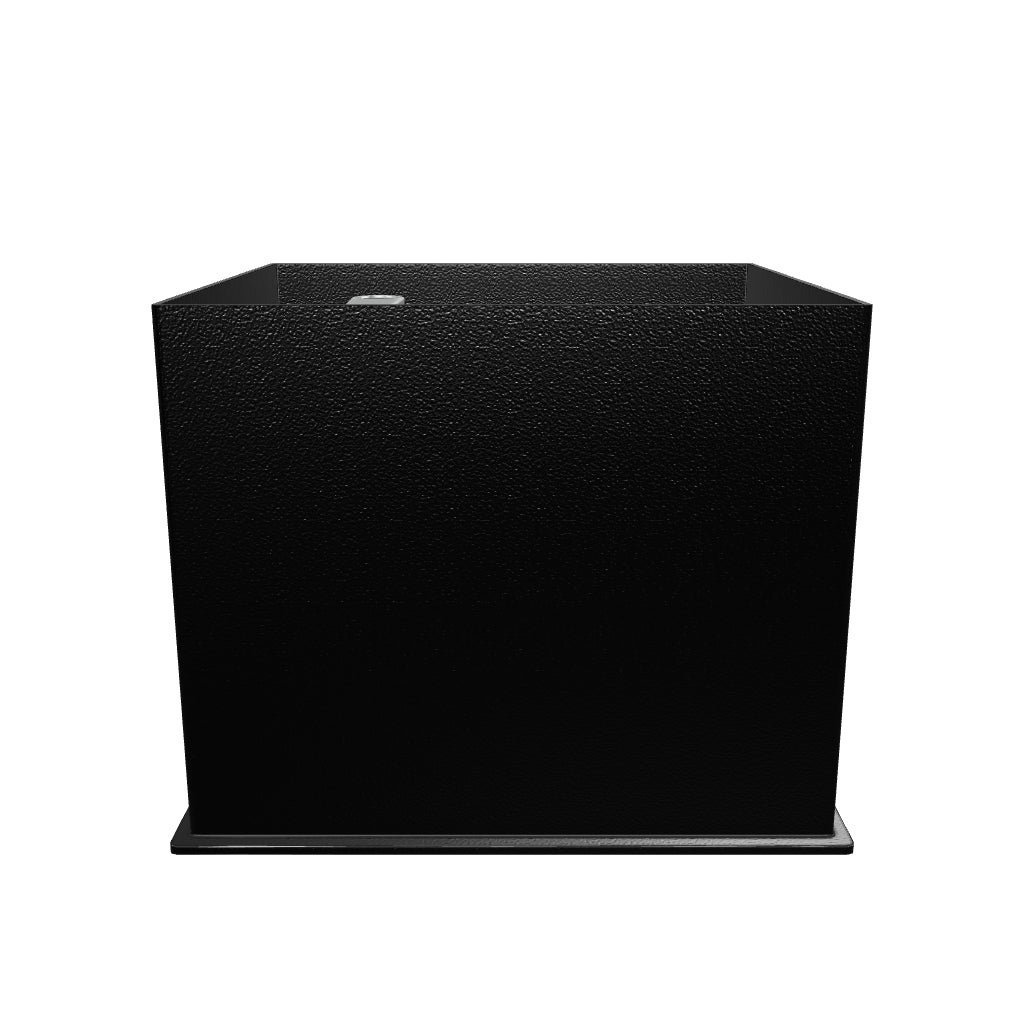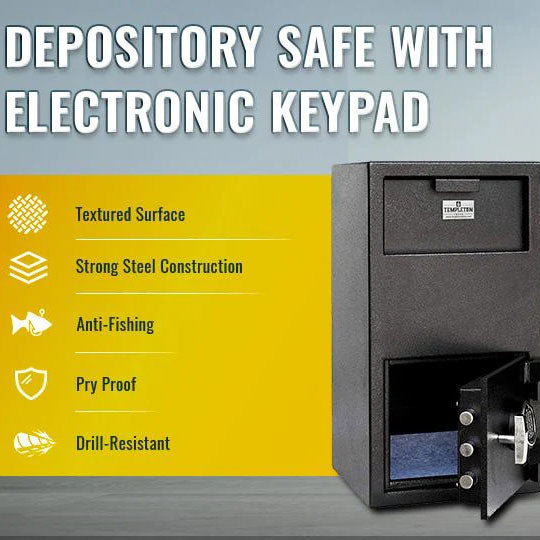How to Install a Home Safe: Step-by-Step Instructions and Tips
Securing your valuables at home is a smart move, and installing a home safe is a reliable way to protect important documents, jewelry, and other precious items from theft, fire, or natural disasters. If you're wondering how to install a home safe, this guide will walk you through the process, offering practical tips and step-by-step instructions to ensure your safe is both secure and accessible.
Why Install a Home Safe?
Before diving into the installation process, let's briefly discuss the benefits of having a home safe:
- Protection from Theft: A securely installed safe deters burglars from easily accessing your valuables. Source
- Fire Safety: Fire-resistant safes can safeguard important documents and items from fire damage. Source
- Water Damage Prevention: Properly installed safes can also protect contents from water damage due to flooding or leaks. Source
Choosing the Right Location for Your Safe
Selecting the optimal location is crucial for both security and convenience. Here are some factors to consider:
1. Discreet and Low-Traffic Areas
Place your safe in a location that's not immediately obvious or frequently accessed by visitors. Areas like a guest bedroom closet or a home office corner are preferable over the master bedroom, which is often the first place intruders search. Source
2. Structural Support
Ensure the chosen spot can support the weight of the safe, especially for heavier models. Concrete floors provide a sturdy base, while wooden floors may require additional reinforcement.
3. Environmental Considerations
- Fire Resistance: Corners where two exterior walls meet offer enhanced fire protection due to increased structural integrity.
- Flood Prevention: Install the safe above ground level or on a raised platform to guard against water damage in flood-prone areas.
4. Accessibility
While security is paramount, ensure the safe is accessible enough for you to retrieve items when needed without hassle.
Tools and Materials Needed
Before beginning the installation, gather the following tools and materials:
- Measuring Tape: For precise measurements.
- Drill and Appropriate Drill Bits: Masonry bits for concrete floors or wood bits for wooden floors.
- Level: To ensure the safe is installed evenly.
- Wrench and Screwdrivers: For securing bolts and screws.
- Stud Finder: Useful for locating studs when installing wall safes.
- Anchor Bolts or Lag Screws: Typically provided with the safe for securing it to the floor or wall.
Installation Steps
The installation process varies depending on the type of safe and its intended location. Below are general guidelines for installing floor and wall safes.
Installing a Floor Safe
- Position the Safe: Place the safe in the desired location and open the door to access the pre-drilled holes in the base.
- Mark Drill Points: Using a pencil or marker, outline the positions of the anchor holes on the floor. Source
-
Prepare the Floor:
- For Concrete Floors: Use a masonry drill bit to drill holes at the marked points. Ensure the holes are deep enough to accommodate the anchor bolts.
- For Wooden Floors: Locate floor joists using a stud finder and drill pilot holes into the joists for secure anchoring.
- Secure the Safe: Align the safe over the drilled holes and insert the anchor bolts or lag screws. Tighten securely to prevent movement.
- Verify Stability: Ensure the safe is level and firmly anchored by attempting to move it. There should be no noticeable movement.
Installing a Wall Safe
- Select the Wall: Choose a wall that can accommodate the depth of the safe and is free from electrical wiring or plumbing. Source
- Locate Studs: Use a stud finder to identify the studs where the safe will be mounted. Wall safes are typically installed between two studs.
- Mark and Cut the Opening: Outline the dimensions of the safe on the wall. Carefully cut using a drywall saw.
- Insert the Safe: Place the safe into the opening, ensuring it fits snugly. Use a level to check alignment.
- Secure the Safe: Anchor the safe to the studs using bolts or screws, tightening securely.
- Concealment (Optional): Consider covering the safe with a picture frame, mirror, or furniture.
Additional Tips for Enhanced Security
- Bolt Down Your Safe: Even if your safe is heavy, bolting it down prevents burglars from easily removing it.
- Avoid Obvious Locations: Don’t place your safe in common search areas like the master bedroom.
- Regular Maintenance: Periodically check the locks and anchoring to ensure everything remains secure.
- Protect Against Moisture: In humid or flood-prone areas, use a dehumidifier or waterproof containers. Source
Conclusion
Installing a home safe is a proactive step toward safeguarding your valuables. By carefully selecting the location and following proper installation procedures, you enhance the security and longevity of your safe.






























